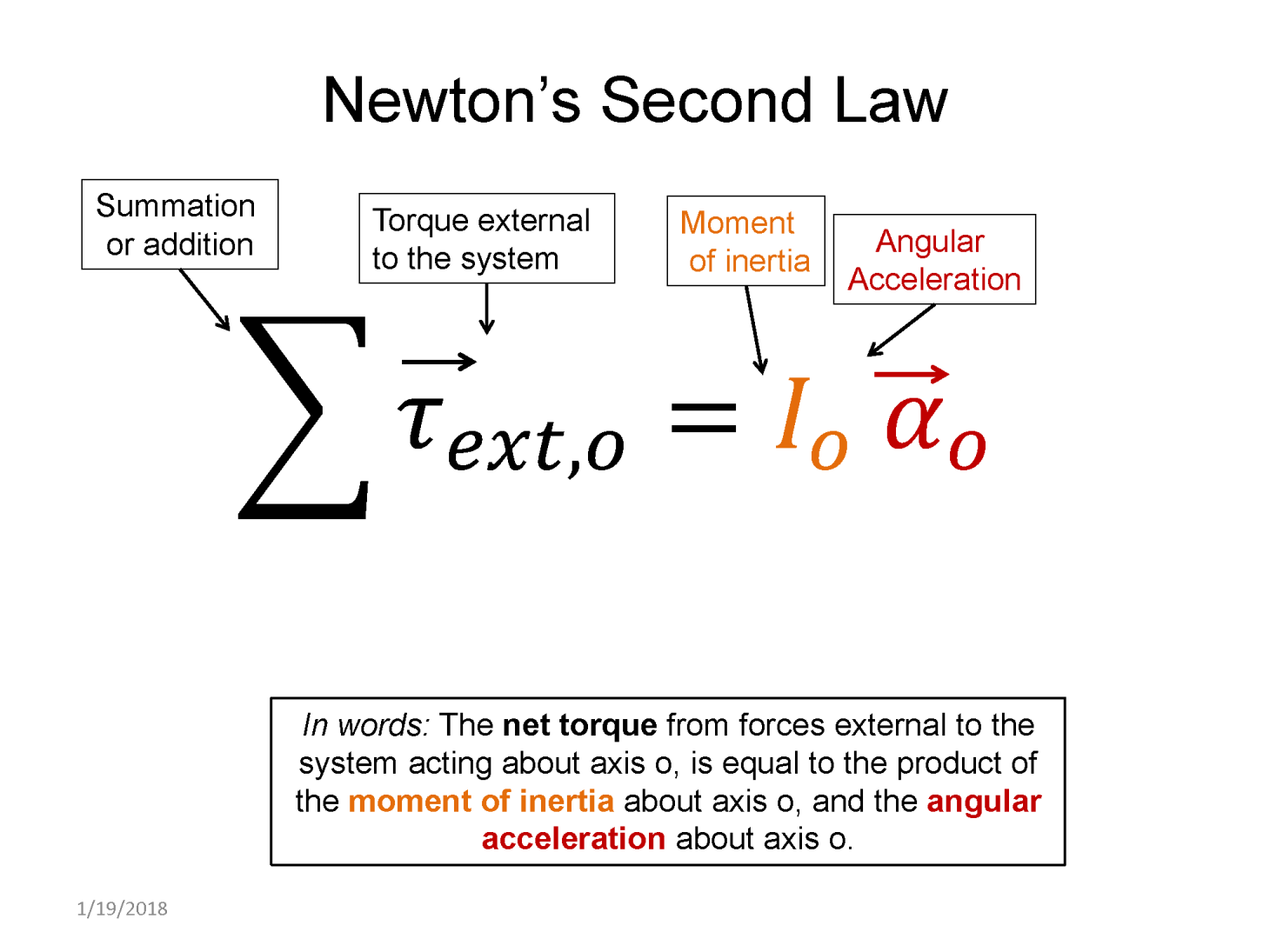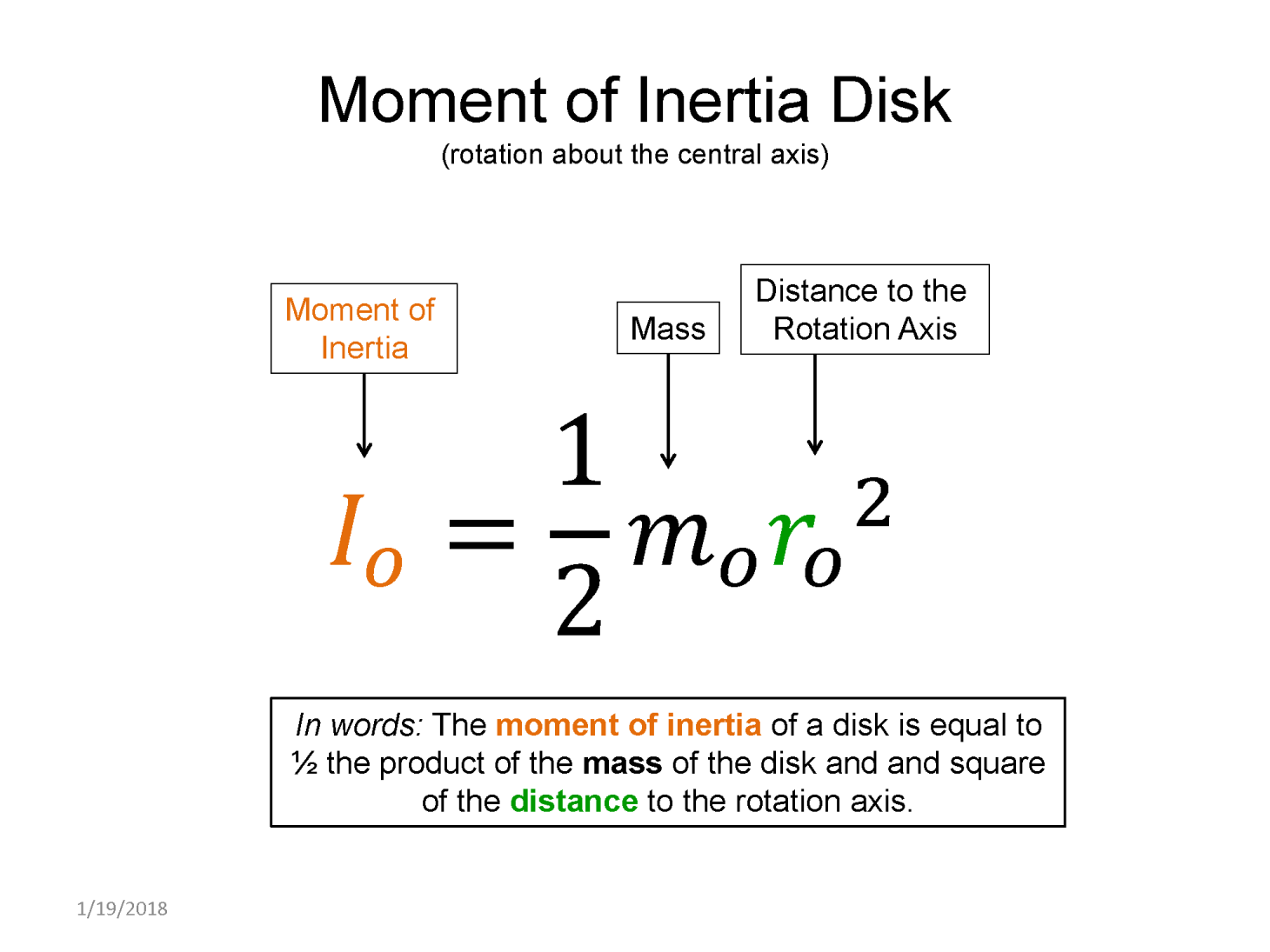We have previously studied Newton's laws of motion while only considering what happens to the center-of-mass (COM) of an object, otherwise known as a point particle model. In statics and dynamics, we still work under the framework of Newton's laws of motion, but we extend our consideration from the point particle model to also include the shape and size of the object. The sum of the forces on a object still determine the translational motion of it's COM, but where those forces are applied will tell us something about how and if the object rotates. To understand Newton's 2nd law for rotation, we have to be able to calculate torque. Torque is similar to forces but it depends not only on the force applied, but where it is applied relative to the axis of rotation.
This very short clip shows the idea of calculating torque for a wrench when the force is applied perpendicular to the wrench.








